Last week, I said I like to shake things up.
And I meant it.
So today, we’re going to pivot away from book reviews, and bring you a special feature about the Lost Rolls America Archive, a project led by NYU professor Lauren M. Walsh, and photojournalist Ron Haviv.
I wrote a piece about the endeavor for Lens in late 2016, just as it was getting started. The gist is that Fuji offered to develop and scan one roll of lost or forgotten film from anyone in America. All you had to do was dig the film canister out of your couch cushions, or the back of your fridge, and send it in. (Apparently, the archive is now closed.)
They sent back the scans, and then each person picked one (or more) of the photos to be included in an archive of lost images from contemporary America. (And occasionally beyond, as you’ll see below.)
Now that the Lost Rolls America archive has gathered steam, there are several hundred images posted online, in a database of forgotten moments.
Lauren and Ron were kind enough to answer a few questions about the project, and mass-culture-photography in general. They also allowed me to edit the following series for you, as a way of looking for through-lines in the burgeoning archive.
There’s an exhibition of images from the LRAA in an airstream in Los Angeles this week, in conjunction with the MOPLA, so if you’re in SoCal, go check it out.
(Photo credits: All images copyright Lost Rolls America Archive, and the photographer. The photographers are as follows: Rikki Reich, Ed White, Russel Gontar, Stephen Desroches, Scott Ellerby, Jessica Lipkind, Jeremy Harris, Jonathan Schaefer, Mary Croft, Beth Urpanil, David Burnett, Terry Bliss, Philip Maechling, Orquidea, William Bennett, Beth Urpanil, Nora Curry, Tamika Jancewicz, Alan Wong, Mary Keane, Valerie Ferrier, J Printen, Deb Treanor, Valentina Zavarin, Rikki Reich, Alex Cave, Linda Walker, Stephanie Heimann, Lisa French, Jeffrey Robins)
Q&A with Professor Lauren M. Walsh and Photojournalist Ron Haviv
JB: Why did you think people would submit their personal memories to the public Lost Rolls America Archive?
LW & RH: The process allows participants to re-engage with a time from the past, to literally view a forgotten moment and re-experience it. And the experience isn’t just for the individual. In contributing to the archive, you become part of a collective dynamic, where you realize that there are points of commonality across these once-lost images and the memories they call forth.
Additionally, the memories written in the archive often reflect a desire to share deep feelings about life experiences. In consisting of all kinds of photography—not just professional, but the snapshots of amateurs and hobbyists—Lost Rolls America celebrates the average person’s personal experience. In this sense, it works to offer a sense of community and a space to acknowledge and commemorate all of our pasts.
JB: Do you think the archive, in its current form, says anything about contemporary America?
LW & RH: Today, when the perception is often that we are a divided country (politically, economically, and so forth), the archive stands a powerful reminder of the many ways that we are in fact more similar than different. There are shared themes that appear through the photos and memories, such as the attention to family, the celebration of youth, the nostalgia for lost loved ones, the exuberance of travel, and even the value of the mundane in all of our lives.
JB: Has the ubiquity of cellphone cameras changed the nature of photography, or are there just infinitely more photographs?
LW & RH: The ubiquity of camera phones has indeed influenced our photo-taking habits. We self-document with photos more than ever before, but what is the role of these sometimes enormous personal archives? Moreover, how has the ubiquity of cellphone cameras changed the way historical narratives are recorded? These are two of the central questions we address in a talk we’re giving on Sunday, April 15th, at 4pm at the LINE Hotel (3515 Wilshire Blvd) in Los Angeles. For those who can’t make it, it’ll be streamed and a record of the talk will eventually appear on the Lost Rolls America website: www.lostrollsamerica.com
JB: If you could go back in time and re-shoot one roll of film in your life, which would it be? (Or where would you be?)
LW: In college, at one point, I was traveling in France. My suitcase, in the back of the train, was stolen. The most important items (passport, laptop) were in my backpack with me in my seat on the train. So I mostly just lost clothes, which are replaceable. But in that suitcase were eight rolls of film. That was the worse part of the losing the luggage – because those were irreplaceable. If I could go back in time, I’d try to recapture those college travel memories. I imagine such photos would only become more valuable over time, taking on a wistful tinge as I look backward reliving those younger days.
RH: The dream of all photojournalists: to transport oneself to a moment in time where the history and future of humanity was being decided. From documenting a time when there were no cameras to pivotal events in war/politics/culture/etc, my choices are endless. It will remain an unanswered question as the answer changes moment by moment as I think I should go there or here or somewhere else…
JB: How would you describe the difference between the celluloid aesthetic, and the hyperreal digital aesthetic that’s taken its place?
LW & RH: One of the most significant differences that Lost Rolls America celebrates is the “delay” inherent to analog film. In the digital age you can see your image immediately. This changes the experience, both of picture taking and of the memory of the moment captured. With analog, you can’t see your photo right away, you don’t know exactly what the picture looks like. That slice of recorded time from the past is returned to the photographer only after the film is developed – that could be a few hours or a few days, or in the case of this archive it can be years and even decades. It has been nothing short of magical to view the responses of participants in the archive who are seeing moments from their past after such long periods of time. It’s a revelatory experience and for many, the memories, summoned up in response to the once-lost photo, are raw, fresh, powerful, and poignant.
JB: How will the photographs be exhibited in LA? What are the exhibition details?
LW & RH: The photos from the archive are exhibited in a retro-style Airstream at The LINE Hotel. We invite visitors to step backward in time as they experience others’ photos and memories. It’s simultaneously a collective Americana experience and personalized one, as if stepping into someone’s home, seeing their old photos and hearing their memories. The Airstream–outfitted with a picnic table, rocking chairs, and picket fence–displays the archive contents in unique, interactive ways – through journals, photo albums, with large prints and small, in a bedroom, a kitchen, outside and inside the Airstream. We encourage anyone in the area to visit!

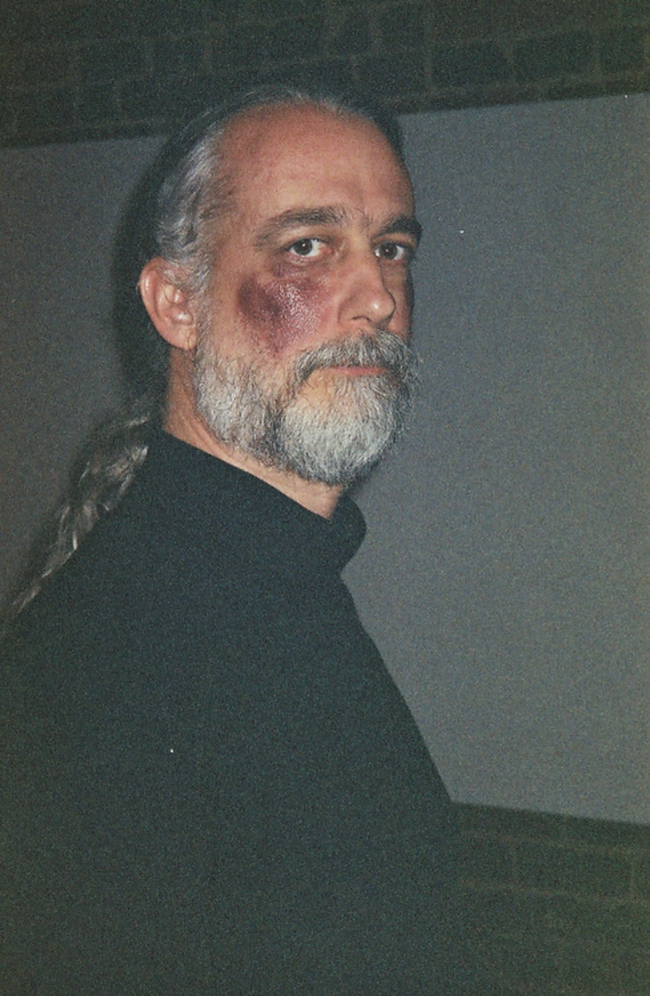
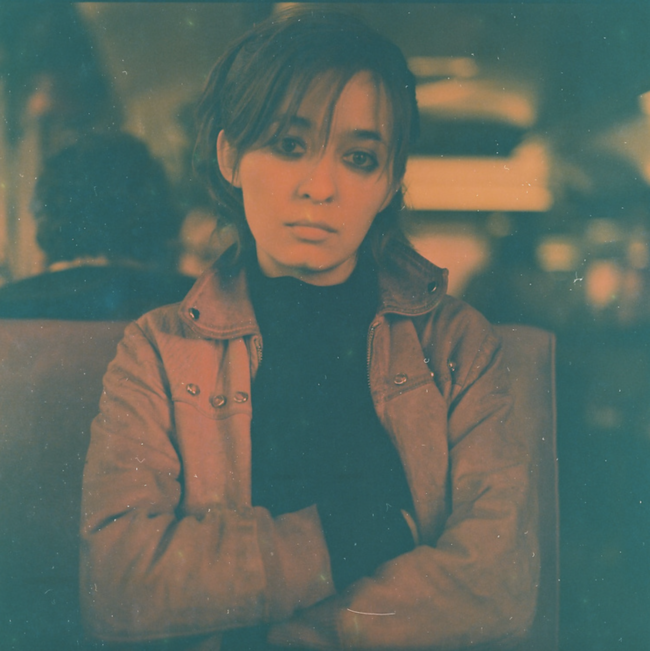
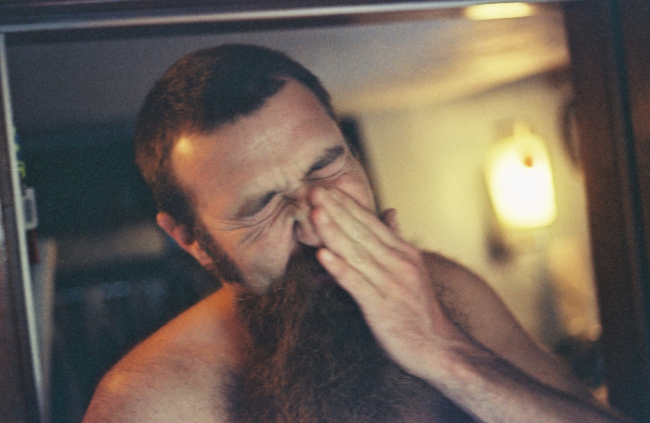
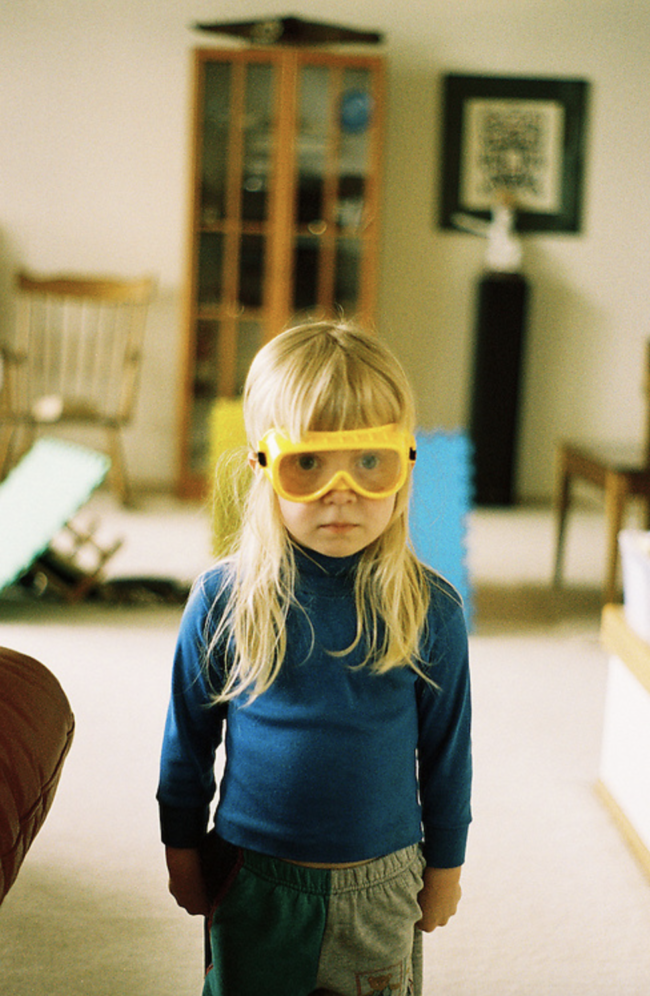
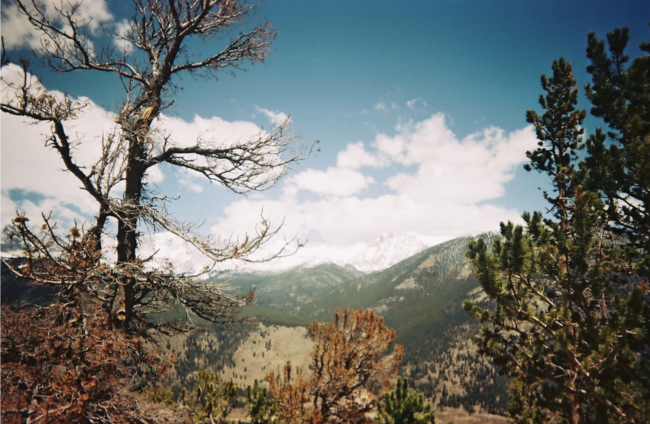

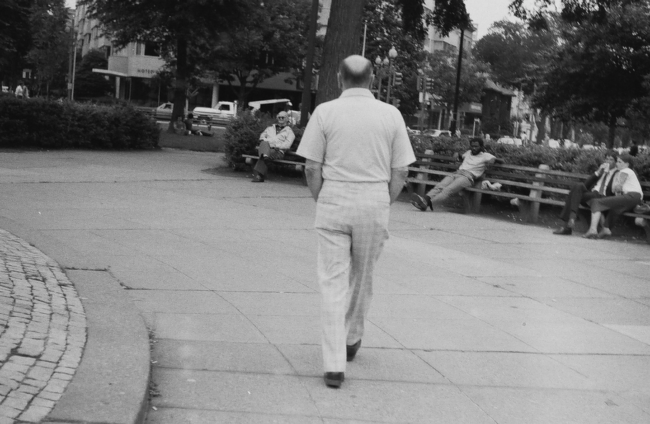
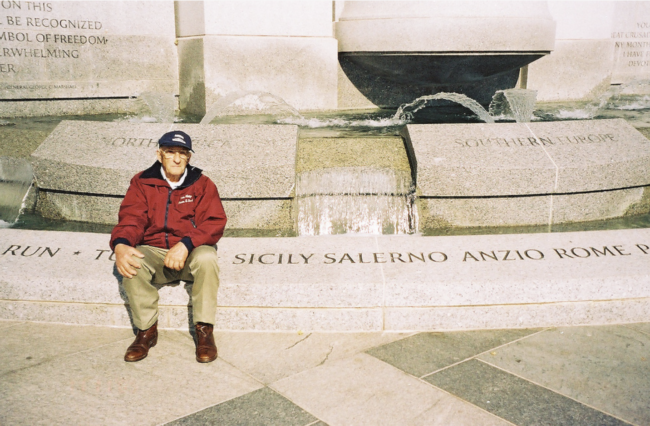
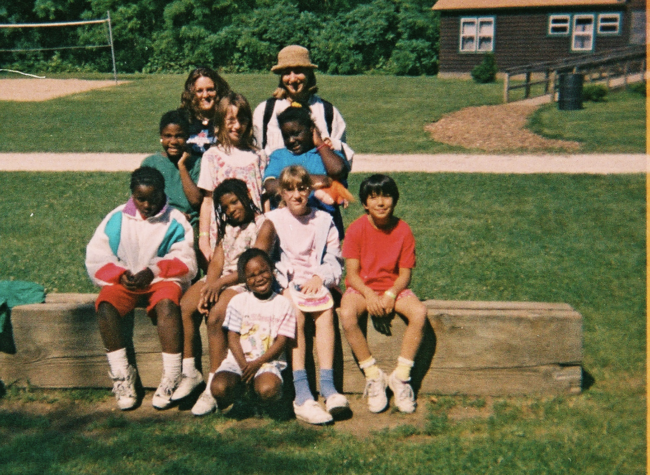
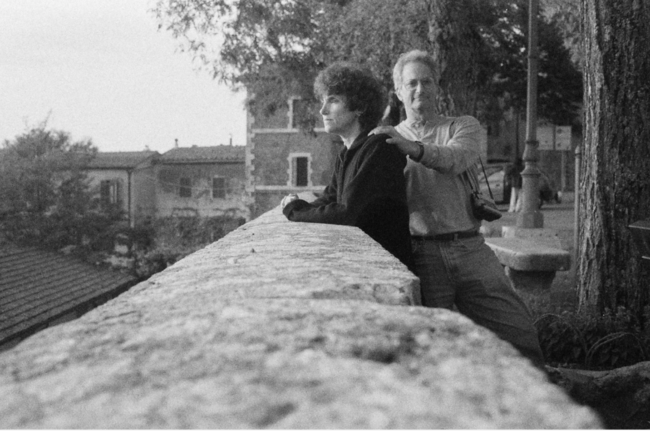
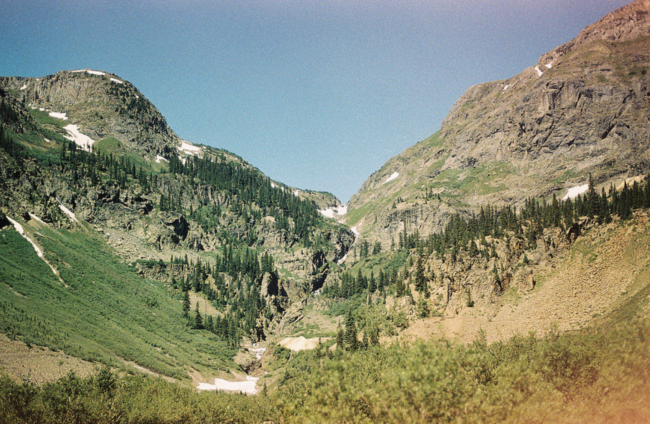
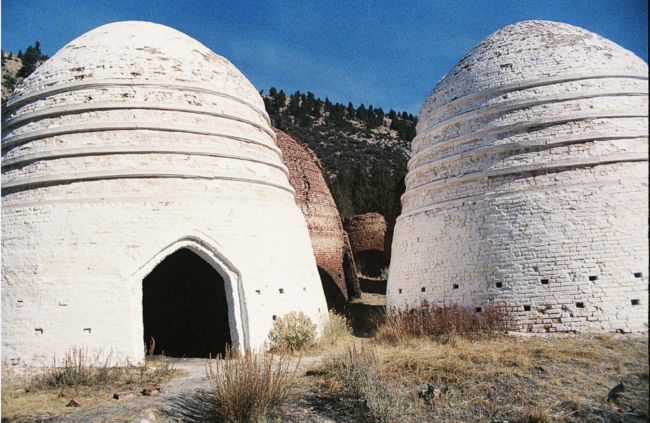

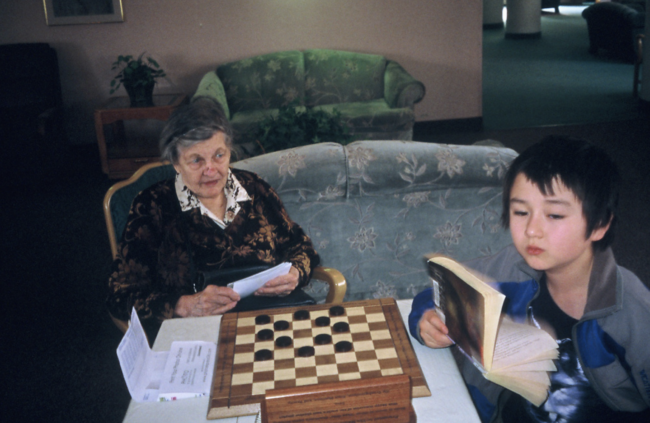
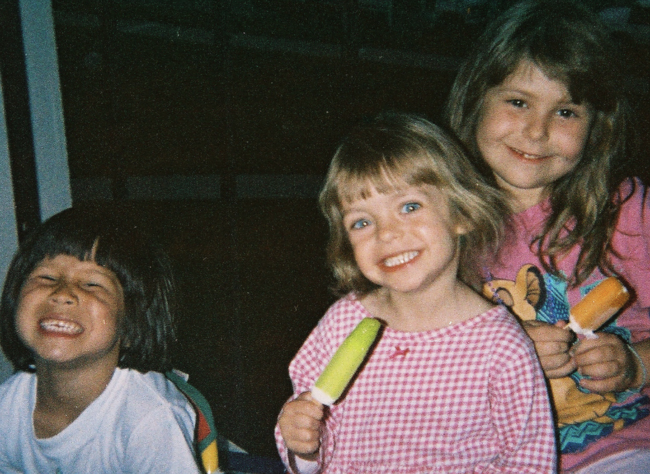
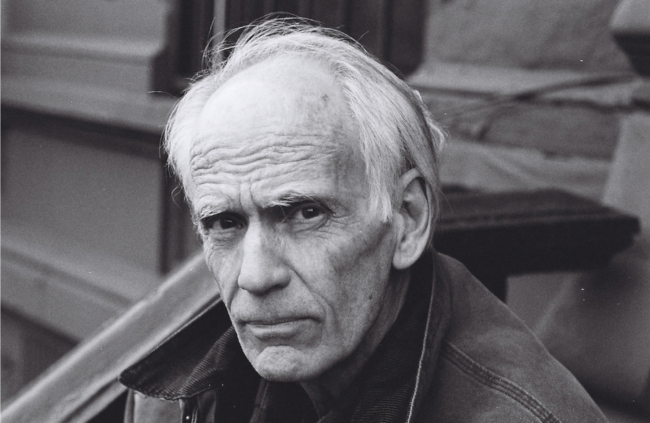
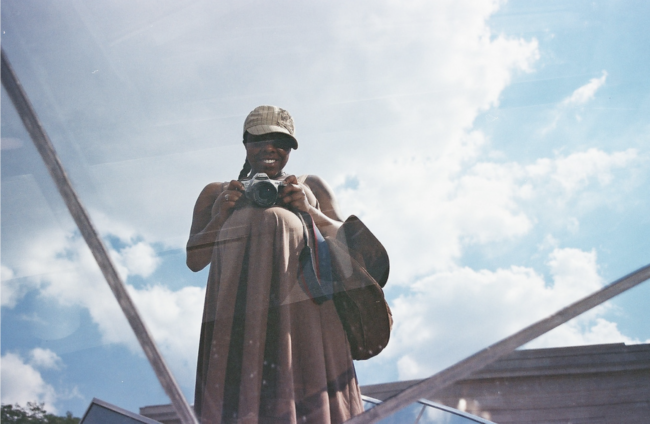
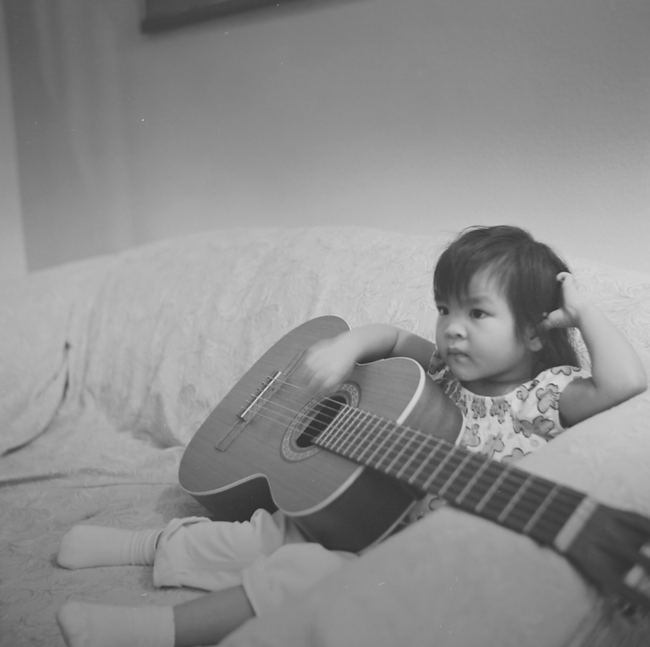
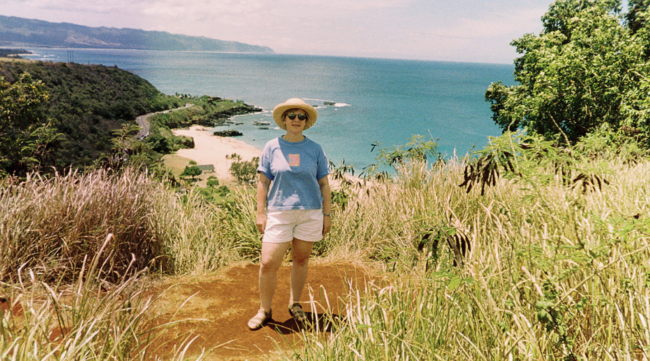
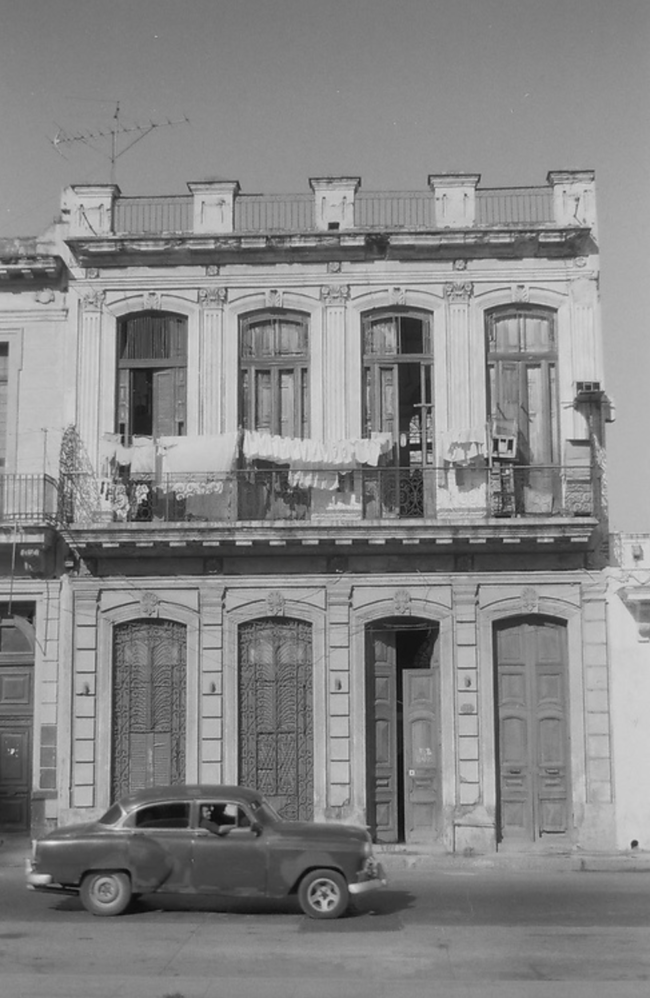
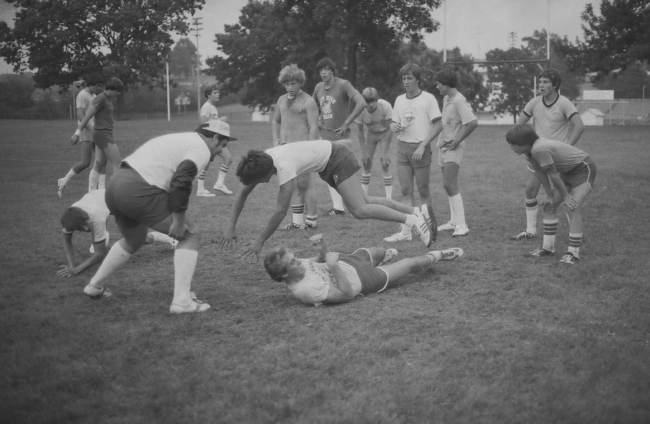


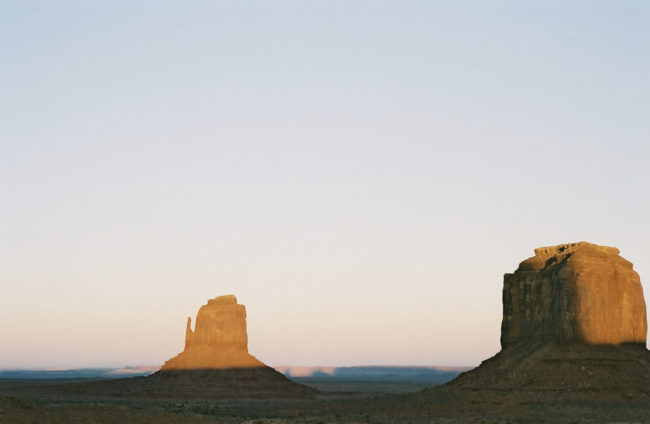
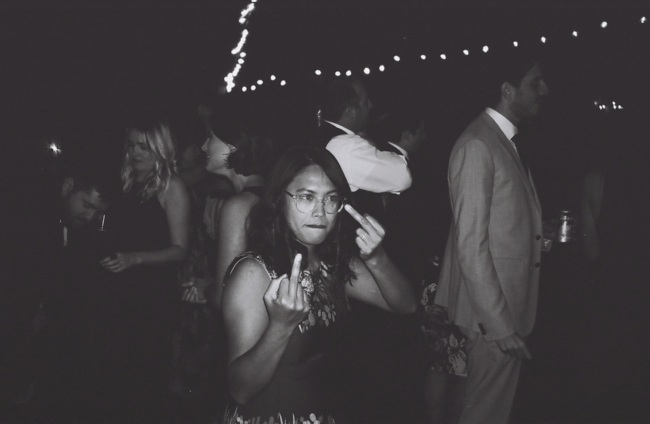
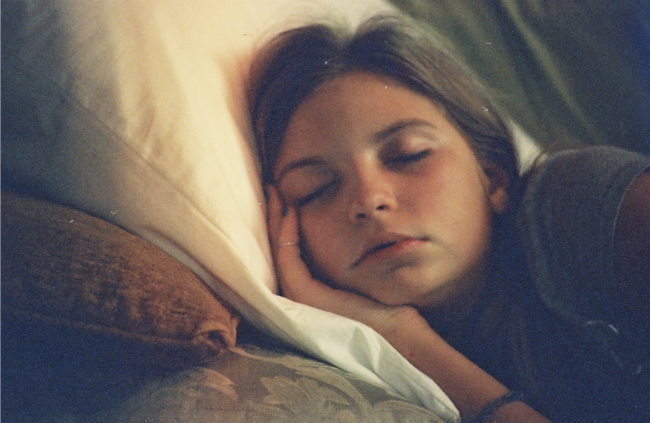


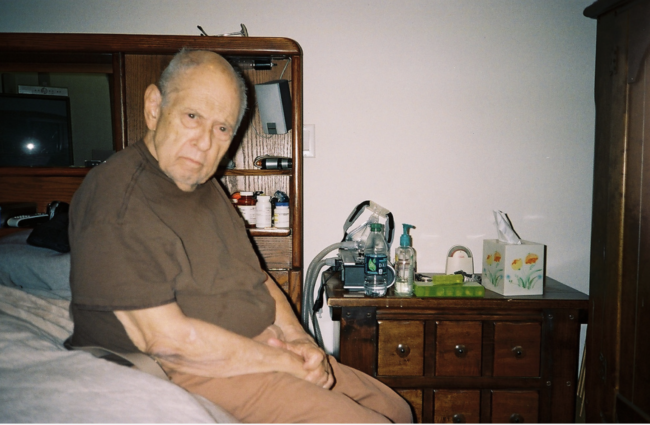
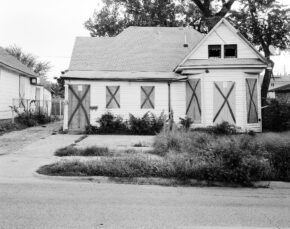
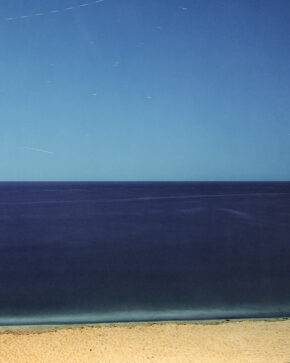
4 Comments
The older man i nthe black and and white portrait sure looks an awful lot like writer Walker Percy.
The older man in the black and and white portrait sure looks an awful lot like writer Walker Percy.
Really beautiful edit Jonathan, and a fine interview. I wish I could to LA to see this. Film and that delay is so wonderfully different than the immediacy of digital which has us practically tumbling into the next moment before we even know what’s happened.
[…] A Photo Editor […]
Comments are closed for this article!